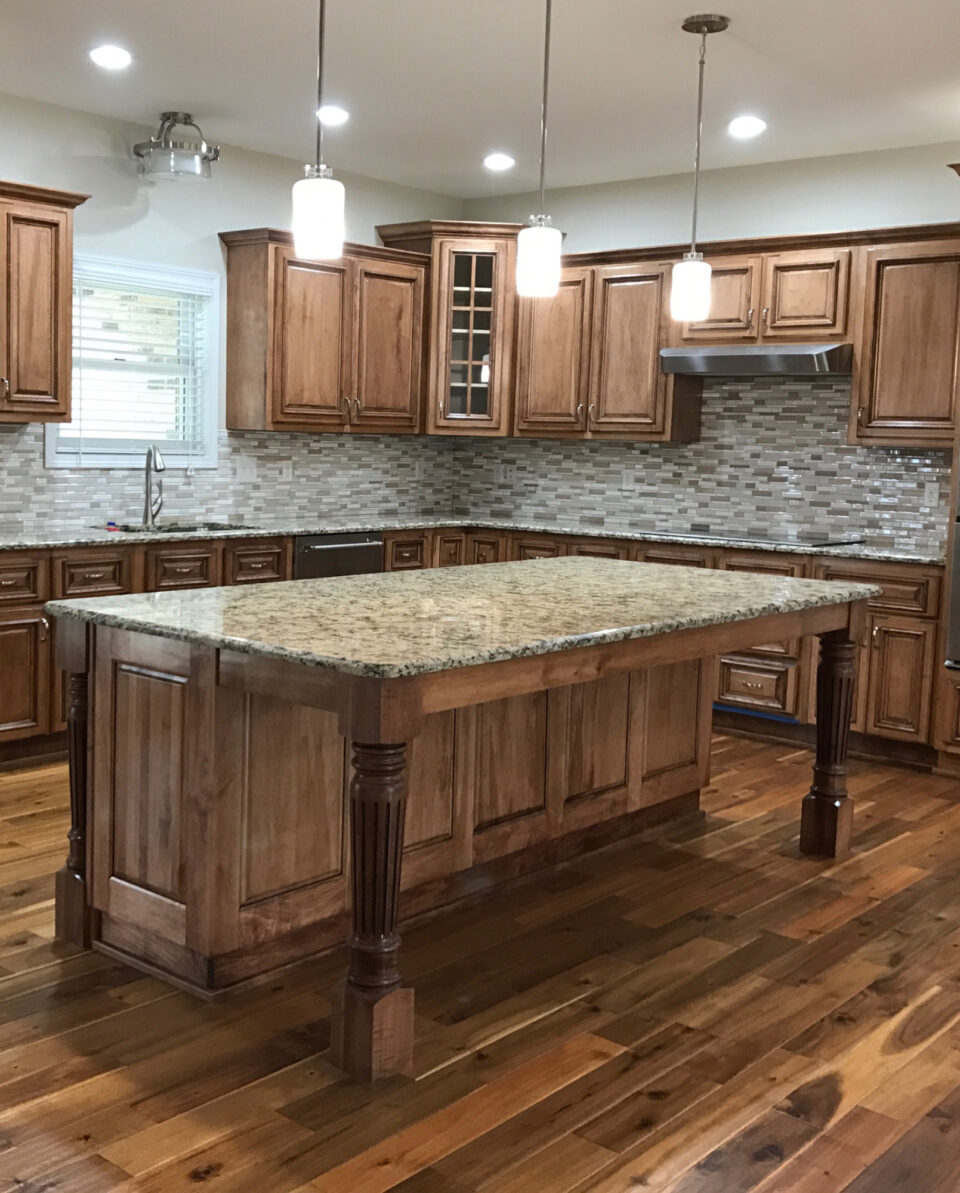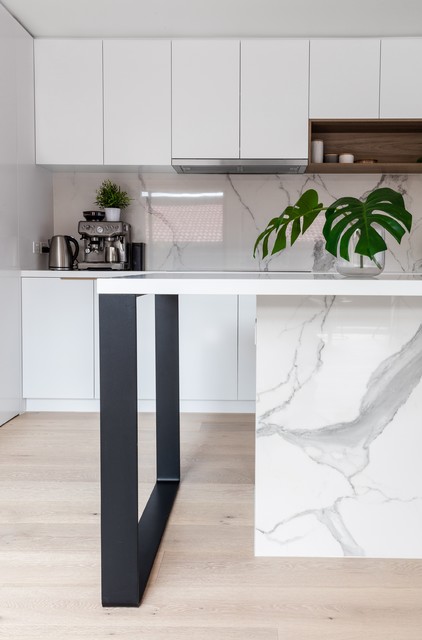Exploring the Vital Attributes of a Kitchen Area Island Leg for Your Culinary Area
The kitchen area island functions as a central hub in any kind of culinary room, and the choice of leg design is pivotal in enhancing both its performance and aesthetic charm. Recognizing the essential attributes of kitchen area island legs-- including product choices, design styles, and security variables-- can substantially impact the total experience within the kitchen area. As we discover these components, we will uncover how thoughtful personalization and accessories can elevate your kitchen island from a plain utility to a striking focal point. What particular factors to consider should be prioritized to achieve this equilibrium?
Importance of Kitchen Area Island Legs
Kitchen island legs play a crucial function in both the capability and visual appeals of a kitchen room. They not only sustain the weight of the island however additionally improve the overall style, adding to the cooking area's visual allure. The choice of legs can dictate the style of the kitchen, be it modern-day, traditional, or rustic.
Functionally, robust and effectively created legs ensure stability, permitting for the safe use of the island for numerous tasks such as cooking, dining, or enjoyable. Solid legs avoid wobbling and changing, giving a trustworthy surface area for everyday tasks.
In addition, the height and placement of the legs can affect the convenience degree for those seated at the island. A well-considered elevation can suit bar feceses or chairs, advertising an inviting environment for celebrations.
Along with these sensible factors to consider, cooking area island legs can function as a prime focus in the room (kitchen island leg). Attractive or distinctively created legs can elevate the design visual, making the island a focal point. Therefore, selecting the appropriate cooking area island legs is vital for stabilizing form and feature in any cooking space
Material Options for Legs
Picking the suitable product for kitchen island legs dramatically impacts both longevity and style. Common product options include metal, wood, and rock, each offering distinct advantages.
Timber is a popular option due to its heat and flexibility. It can be easily tailored to match numerous decoration styles, from rustic to modern. Hardwoods like oak and maple give superb stamina and longevity, while softer timbers can be a lot more susceptible to tear and wear.
Metal legs are preferred for their streamlined, contemporary visual. kitchen island leg. Stainless-steel and aluminum are not just robust however also immune to corrosion and corrosion, making them excellent for kitchen settings. They can create an industrial look and are frequently available in various surfaces to complement other kitchen area aspects
Rock legs, such as granite or marble, include a component of luxury and security. While much heavier than various other products, they offer exceptional resilience and can hold up against considerable weight. They may require added assistance to make certain appropriate equilibrium.
Inevitably, the choice of material need to align with both functional needs and the overall layout vision of the kitchen area, ensuring that the island legs enhance both utility and aesthetics.
Design Styles to Think About
What design styles should be considered when choosing legs for a kitchen island? The selection of leg style significantly affects the general visual of your culinary room. For a modern kitchen area, smooth and minimalistic leg layouts, such as stainless steel or geometric forms, can improve the modern allure, offering a tidy and uncluttered appearance.
In contrast, conventional kitchens benefit from traditional designs such as transformed or sculpted wooden legs, which add warmth and personality. These alternatives commonly feature intricate details that complement classic home furnishings. For go to these guys a rustic setting, think about legs made from redeemed wood or functioned iron, which bring an organic, natural high quality to the room.
If you lean towards a commercial style, durable metal legs with a distressed coating may be optimal, providing an edgy yet advanced touch. Additionally, farmhouse design kitchen areas can include chunky legs that evoke a feeling of durability and homeliness.

Elevation and Security Elements
The elevation and stability of a kitchen island are vital components that directly affect its capability and user experience. A suitable cooking area island leg need to provide sufficient height to accommodate a variety of tasks, from food preparation to casual eating.
Security is equally essential, particularly as kitchen area islands usually function as centerpieces in cooking settings. A secure leg design lessens shifting and tottering, which can bring about accidents or discomfort during use. Materials such as strong timber, steel, or a mix thereof are typically used to accomplish the necessary strength. The leg's add-on to the island's base should be secure, making certain durability and resilience versus the wear and tear of everyday use.
Personalization and Devices
Modification alternatives and devices for cooking area island legs can dramatically boost both the visual appeal and capability of the space. Home owners can select from a selection of materials, including stone, steel, and wood, enabling seamless integration with existing kitchen area style. The selection of surface-- be it a natural stain, paint, or powder coating-- further personalizes the appearance, making sure that the island enhances the general layout theme.
Along with product and coating, property owners might likewise discover the incorporation of devices such as decorative brackets, flexible feet, or incorporated shelving. Braces can use added support while adding to a his response modern or rustic visual. Adjustable feet are specifically helpful for irregular flooring, guaranteeing the island remains steady and degree, which is crucial for both security and use.

Final Thought
To conclude, kitchen area island legs offer a vital duty in supplying security and improving the general visual of the culinary area. The option of materials and style styles adds to both performance and visual appeal, while considerations of elevation and security guarantee practical usage. Furthermore, personalization choices and accessories can boost the cooking area island, making it a distinct prime focus within the home. Therefore, mindful factor to consider of these features is important for an effective cooking area style.
The kitchen island offers as a central hub in any type of cooking space, and the choice of leg style is crucial in enhancing both its functionality and aesthetic allure. Understanding the vital functions of kitchen area island legs-- including material options, design styles, and stability aspects-- can considerably impact the overall experience within the cooking area.Cooking area island legs play an important role in both the performance and aesthetics of a cooking area room.What style styles should be thought about when picking legs for a kitchen island?In verdict, cooking area island legs serve a vital function in providing security and improving the overall aesthetic of the culinary area.
Comments on “Upgrade Your Kitchen with Stylish Kitchen Island Leg Solutions”